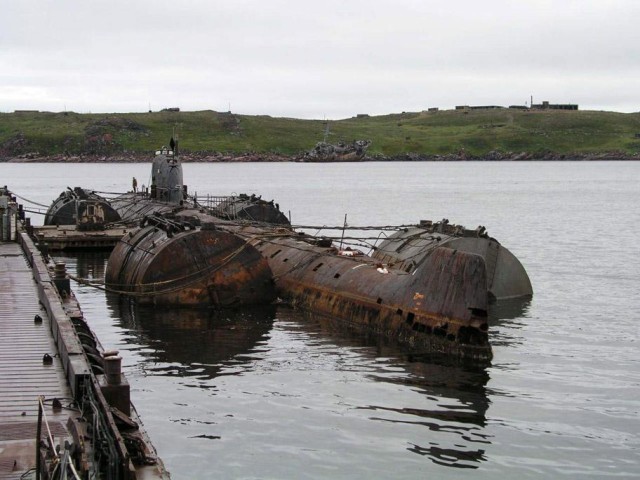
The system built to manage Russia’s nuclear legacy is crumbling, our new report shows
Our op-ed originally appeared in The Moscow Times. For more than three decades, Russia has been burdened with the remains of the Soviet ...
News

Publish date: July 14, 2020
News
Defining Carbon Dioxide Removal will be the watershed between climate action and greenwashing in the EU.
The European Climate Law, aiming for climate neutrality by 2050, acknowledges the role of carbon dioxide removal, however there is no official accepted definition of what ‘Carbon Dioxide Removal’ technically means. This is despite the fact that Carbon Dioxide Removal (CDR) is the ‘net’ in ‘net-zero’. Now is the opportunity for the EU to take leadership in defining what CDR is and how it will contribute to the EU’s climate goals. Failing do so will leave a gap for false solutions and dubious accounting, jeopardising the entirety of EU climate action.
Bellona Europa has the creation of the Zero Emission Platform’s new report Europe needs a definition of Carbon Dioxide Removal, which provides the guiding principles for what the definition of CDR should look like, to ensure the EU’s climate goals happen in reality and not just on paper.
In the publication, we identified four main principles to explain what a carbon dioxide removal process is. Put simply the main question to ask is: will there be less CO2 in the atmosphere after the process?
The publication highlights and identifies four mains principles drawn from previous research by Tanzer & Ramírez, (2019). The process of carbon dioxide removal must permanently remove more CO2 from the atmosphere than it emits. The permanence of the removal is the main element that can makes the distinction between real carbon removal and mere greenwashing.

In the report, five main projects within Norway, Sweden and UK are presented to show how European CO2 transport and storage infrastructure can be the enabler for carbon removal.
CCS plays a double role of abating emissions in industrial sectors and providing permanent storage for Carbon Dioxide Removal. CO2 transport and storage infrastructure will be essential for the EU’s climate targets as it is the lynchpin of economic development, and without low-carbon infrastructure the transition to a low-carbon world will significantly drag behind. In our TEN-E Consultation response we call for facilitating the deployment of crucial Carbon Capture and Storage (CCS) technologies, as well as excluding unabated fossil fuel infrastructure projects which are massive risk bearers for emissions lock-in.
Starting a conversation on carbon dioxide removal does not mean we are diverting attention from the need of reducing emissions. How much carbon dioxide removal might be needed depends on how fast and to what extent greenhouse gas emissions decline in the coming decades. The more emission cuts are delayed; the more carbon removal will be needed during this century to meet the Paris Agreement targets. Preventing CO2 entering the atmosphere is the primary goal for EU policy, however, stakeholders should note the positive contribution that CDR could bring to other mitigation actions.
CDR is not unlimited, and it cannot fill the gap of mitigation. Aside of this report, Bellona Europa is working with world-leading researchers to quantify and assess the feasibility and the realistic potential of carbon dioxide removal, as a supplementary strategy to emission mitigation. The EU Horizon 2020 project “NEGEM” will help demystify whether an overreliance on CDR is actually in place, starting however from setting and identifying a clear formulation on what CDR is and which negative emissions technologies and practices can rightfully help achieve it.
Through this project it will be possible to provide a correct policy framework addressing the role, scale, cost, barriers and the overall development required.

Our op-ed originally appeared in The Moscow Times. For more than three decades, Russia has been burdened with the remains of the Soviet ...

The United Nation’s COP30 global climate negotiations in Belém, Brazil ended this weekend with a watered-down resolution that failed to halt deforest...

For more than a week now — beginning September 23 — the Zaporizhzhia Nuclear Power Plant (ZNPP) has remained disconnected from Ukraine’s national pow...

Bellona has taken part in preparing the The World Nuclear Industry Status Report 2025 and will participate in the report’s global launch in Rome on September 22nd.